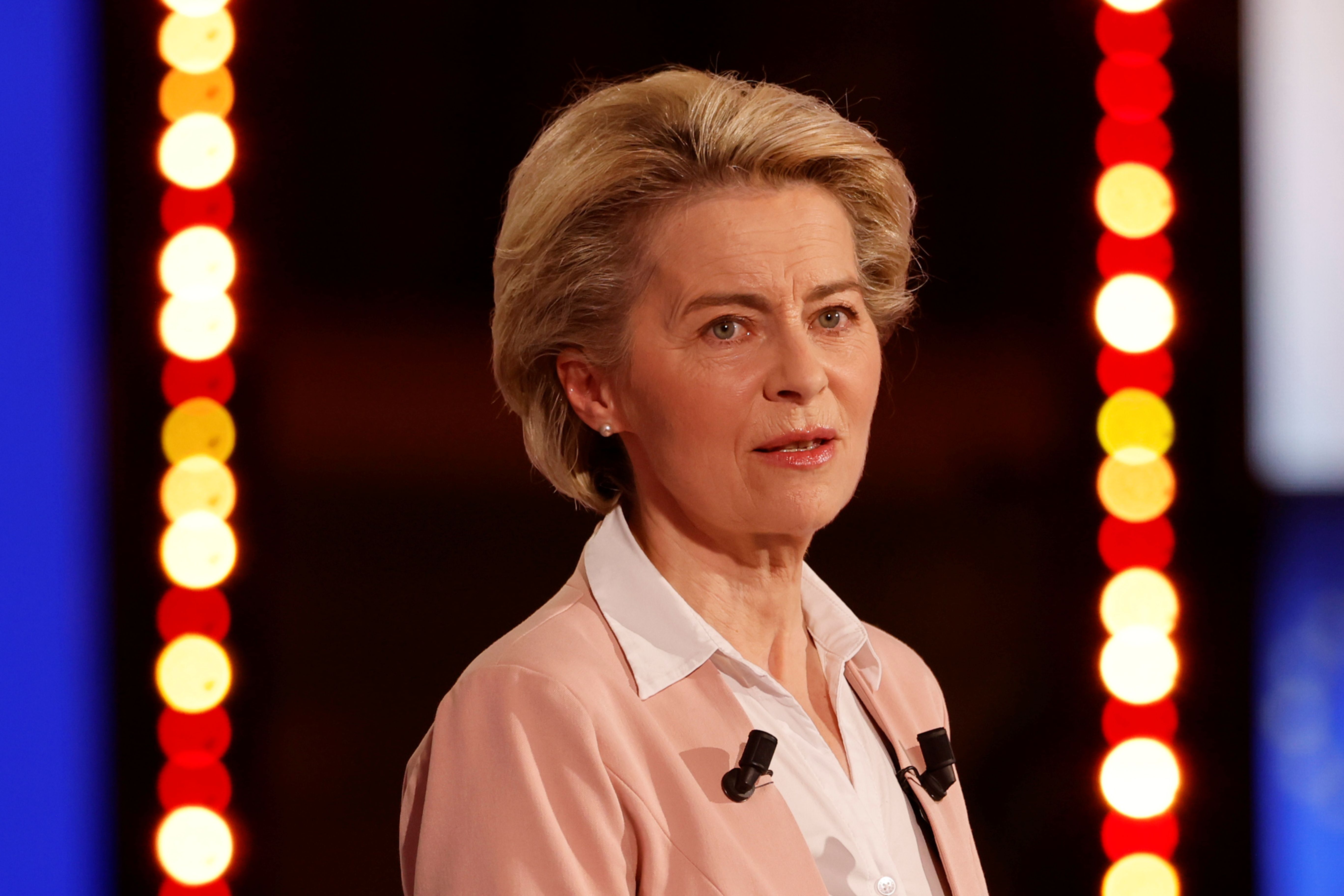EU27-India Summit: Partnership Against Common Challenges

What are main deliverables?
The most important result of the summit is the announcement of the resumption of free trade agreement (FTA) negotiations and the commencement of separate talks on an agreement on the protection of investments and geographical indications. The EU-India Connectivity Partnership was launched with the sides wanting to work together on regulation and support for private investment in high-standard physical infrastructure across key sectors: digital, transport, energy, and people-to-people contacts. The parties also announced cooperation on WHO and WTO reform, an international treaty on pandemics, and the fight against climate change. They are to work together on artificial intelligence and 5G, as well as on a “free, open, inclusive, and rules-based Indo-Pacific”. Much attention was devoted to the COVID-19 crisis in India and the more than €100 million provided already by the EU.
What are the prospects for concluding the trade and investment agreements?
The summit decision does not mean a return to the comprehensive Broad-based Trade and Investment Agreement (BTIA), under negotiation since 2007, but the start of three separate negotiations. This may facilitate progress overall, especially as regards the investment agreement. The FTA remains the most difficult to negotiate because apart from traditional contentious issues (e.g., Indian car tariffs, access to the public procurement market, Indian workers’ mobility), new challenges have emerged, such as the carbon tax under consideration in the EU and the localisation and protection of digital data. However, the reforms of recent years opening up the Indian economy, the need to rebuild it after the pandemic, and the impact of the EU-China investment agreement on the EU’s negotiating position, and above all the strong political willingness to find agreement on both sides, should facilitate the rapid progress of the talks.
What are the reasons for the rapprochement between the EU and India?
The intensification of cooperation was influenced by the serious deterioration in relations of both sides with China in recent years. For the EU, engaging in relations with India is a way for a more balanced policy on Asia and strengthening of the multipolar order on that continent. While the EC's March 2019 communiqué described China as a “partner”, “competitor”, and “rival”, the November 2018 strategy towards India recognised it as a key partner in building the rules-based international order. For India, whose relationship with China has been in a historic crisis since 2020, rapprochement with the EU is a way of balancing China’s influence and accessing alternative sources of investment and technology. The commitment of both partners to the principles of democracy and observance of international law, as well as similar vision of the Indo-Pacific are also gaining importance.
What may hinder closer cooperation?
In the short term, the crisis related to the COVID-19 pandemic, especially its escalation in India and its consequences for the Indian economy, will be an obstacle in developing cooperation. India will closely follow the EU position on the lifting of vaccine patent protection. Difficult negotiations of the trade agreement will also remain a source of tensions. Relations will be adversely affected by different interests in the WTO and the different level of ambition in climate goals in international negotiations. The greatest threat to closer cooperation, however, could be the further deterioration of democracy in India, which would erode the normative basis of the partnership with the EU.
What is the significance of the summit for Poland?
The prospect of concluding a trade and investment protection agreement should encourage Polish companies to become more interested in the Indian market. The adoption of the agreements should improve the security of business operations in India and increase access and facilitate activity in one of the largest markets in the world. Polish enterprises can also become more involved in EU initiatives, including the Connectivity Partnership. EU-India rapprochement also creates good conditions for the intensification of Polish-Indian political cooperation. Poland may strive to upgrade the level of relations with India to a “strategic partnership” and implement high-level visits after the pandemic ends. As in the case of the EU, Poland’s stronger relations with India should become an important element of a more balanced policy towards Asia.


